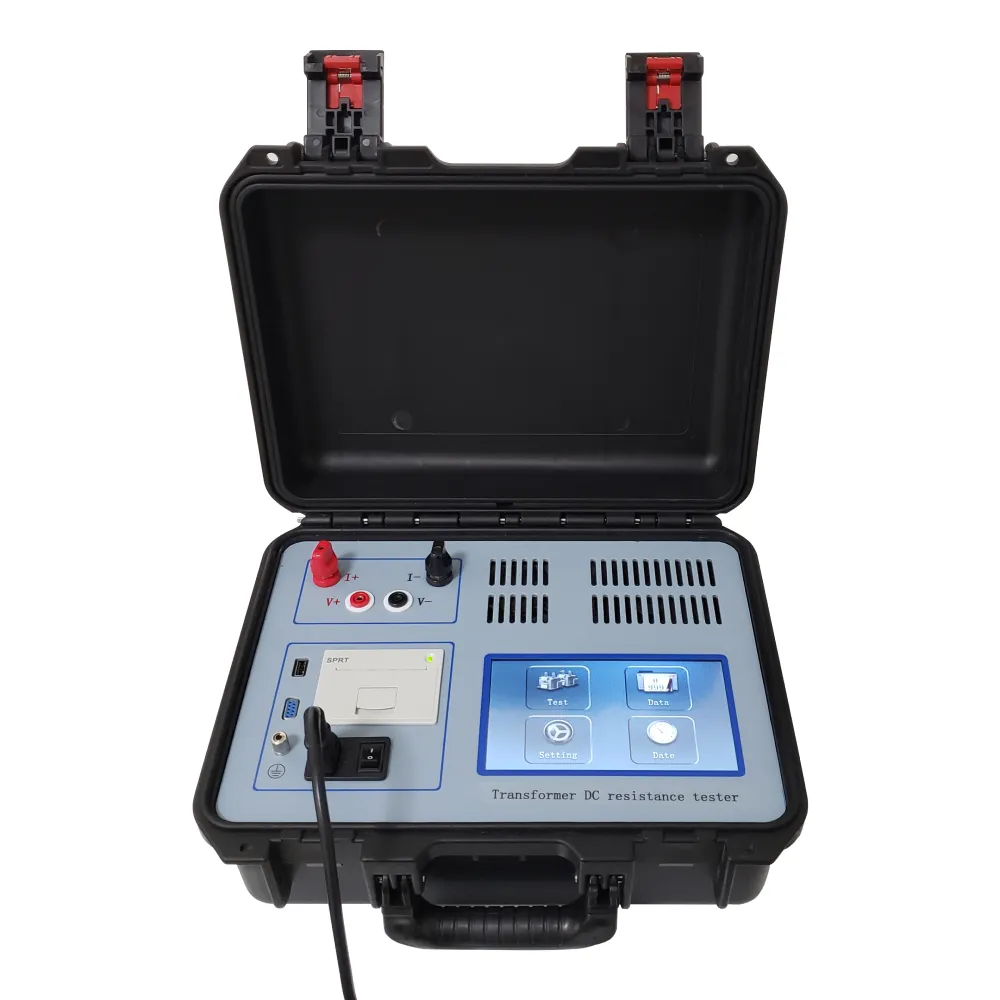 English
English


Understanding the Principles and Operation of Gas Chromatography Techniques in Analytical Chemistry
Working of Gas Chromatography
Gas chromatography (GC) is a powerful analytical technique widely used in laboratories for separating and analyzing compounds that can be vaporized without decomposition. This method is particularly effective for volatile and semi-volatile organic compounds, making it a staple in various fields, including environmental analysis, food safety, petrochemical research, and forensic science.
Basic Principles
At its core, gas chromatography relies on the partitioning of compounds between a stationary phase and a mobile phase. In GC, the mobile phase is a carrier gas, typically helium or nitrogen, which transports the sample through a column. The stationary phase is a liquid or solid material that coats the inner surface of the column.
The sample to be analyzed is first injected into the gas chromatograph. The injection is usually performed using a syringe that delivers a precise volume of the sample into a heated injection port. Here, the sample is vaporized and mixed with the carrier gas, creating a uniform gas stream that carries the sample into the column.
The Column
The heart of a gas chromatograph is its column, which can be packed or capillary. Packed columns contain a solid adsorbent material, while capillary columns consist of a narrow tube coated with a thin layer of liquid stationary phase. The choice of column affects the efficiency and resolution of the separation process.
Once the vaporized sample enters the column, it interacts with the stationary phase. Compounds in the sample will partition between the gas phase (mobile phase) and the stationary phase, depending on their chemical properties and affinity for the stationary phase. Compounds that interact more strongly with the stationary phase will move more slowly, while those with weaker interactions will elute more quickly.
Separation Process
As the sample travels through the column, it is effectively separated into its individual components based on their volatility and interaction with the stationary phase. The time it takes for a compound to travel through the column and reach the detector is known as its retention time. Compounds that elute from the column can be detected by various types of detectors, including flame ionization detectors (FID), thermal conductivity detectors (TCD), or mass spectrometers (MS), each providing different levels of sensitivity and specificity.
working of gas chromatography

One of the advantages of gas chromatography is the ability to achieve high resolution in complex mixtures. The separation efficiency is influenced by several factors, including the length and diameter of the column, the type of stationary phase used, and the temperature programming. Temperature programming, where the temperature of the column is gradually increased during the analysis, can help separate compounds with close boiling points more effectively.
Quantification and Analysis
After detection, the resulting signals are recorded and displayed as a chromatogram, a graphical representation of the detector response as a function of time. Each peak in the chromatogram corresponds to a different compound in the sample. The area under each peak is proportional to the concentration of that compound, allowing for quantitative analysis.
Quantifying the components requires the generation of calibration curves using standard solutions of known concentrations. By comparing the areas of the sample peaks to these standards, the concentrations of the components in the unknown sample can be determined.
Applications
Gas chromatography has a wide range of applications. In environmental science, it can identify pollution sources by analyzing air, soil, and water samples. In the food industry, GC is used to ensure food quality and safety by detecting additives, pesticides, and contaminants. In the pharmaceutical field, it plays a crucial role in drug development and quality control.
Moreover, GC is invaluable in forensic science, where it can analyze substances found at crime scenes, aiding in criminal investigations. Its ability to quickly and precisely separate complex mixtures has made it indispensable in both research and industry.
Conclusion
In summary, gas chromatography is a sophisticated and versatile technique that leverages the principles of partitioning to separate and analyze volatile compounds in a variety of contexts. It combines efficiency with precision, making it a fundamental tool in laboratories worldwide. Whether it is for environmental testing, food safety, or pharmaceutical analysis, GC continues to evolve, integrating advanced technologies to meet the demands of modern analytical chemistry.
-
Differences between open cup flash point tester and closed cup flash point testerNewsOct.31,2024
-
The Reliable Load Tap ChangerNewsOct.23,2024
-
The Essential Guide to Hipot TestersNewsOct.23,2024
-
The Digital Insulation TesterNewsOct.23,2024
-
The Best Earth Loop Impedance Tester for SaleNewsOct.23,2024
-
Tan Delta Tester--The Essential Tool for Electrical Insulation TestingNewsOct.23,2024





